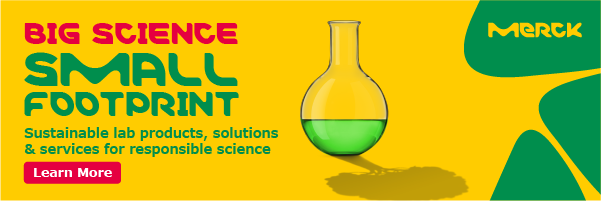Corporate Responsibility
Solvay announces its new membership with the Wildlife Habitat Council 16th February 2021
Solvay is happy to announce its new membership with the Wildlife Habitat Council (WHC), a leader in taking bold action for biodiversity conservation through partnerships and education. WHC is recognized as the only international conservation NGO focused exclusively on the private sector. It provides a framework for voluntary conservation action on a wide variety of corporate lands.
“Biodiversity is critically important to our health and safety, but it doesn’t stop there. It’s also important for our livelihood and Solvay’s business. I’m excited about our membership with the Wildlife Habitat Council. It brings us a bold opportunity to localize action plans but furthermore to collaborate with our customers working together to reduce the pressure on biodiversity, protecting habitats and species while progressing toward areas in need of restoration and enhancement.” Pascal Chalvon Demersay, Chief Sustainability Officer at Solvay.
What benefits will be of most value to Solvay? The WHC explains…
“WHC supports members through a collaborative and comprehensive approach to conservation activities across operations around the world that contribute to company metrics and success stories. By adopting a standard of recognition, such as WHC Conservation Certification®, Solvay can implement conservation that is locally relevant, practical, not in conflict with operations, and adaptable to any regulatory requirements. This opportunity to connect across boundaries can positively impact employee morale and community engagement”, says Margaret O’Gorman, President, WHC.
Let’s walk the talk… and partner!
Solvay is committed to preserving biodiversity in the framework of its 2030 sustainability Solvay One Planet ambition within which ten ambitious targets have been set up to drive progress and positively impact three pillars: climate, resources and better life. To meet these goals, Solvay pledges to reallocate investments to promote sustainability within its portfolio, operations and workplace. By 2030 Solvay wants to reduce pressure on biodiversity by 30%.
Walking the talk locally… An example from Paulinia, GBU Coatis
“WHC Conservation Certification is an opportunity to consolidate all the initiatives we are doing that positively impact the biodiversity and the local communities, get feedback from an external and renowned entity like WHC and continuously progress in environmental practices.” Ronia Oisiovici, Sustainability director, GBU Coatis.
Paulinia site is a large site with a total area of 16 million m2. The industrial area occupies about 15% of the total area. Besides the 29 Solvay´s units, one R&I center and one GEC office, we installed at the site the industrial units of other seven companies. The characteristic vegetation of the region is the Atlantic forest and two rivers cross the site (Anhumas and Atibaia rivers). The fauna is very rich and we can find many species of birds, fish, capybaras, mountain lions, monkeys, rodents, lizards, snakes and others.
Some examples of the projects and actions that are being taken into account for the biodiversity program are the following: the reforestation and forest management of native trees, recovery of river banks, the creation of a channel that allows fish to rise in the Atibaia river for breeding purposes, forest preservation in order to contribute with the mountain lion movement green corridor, education projects with the local communities to raise the awareness about conservation and environmental conservation and practices.
Biodiversity preservation is part of Paulinia site’s agenda in the last years, strengthened by the ISO 14001 (international standard for environmental management systems) implementation. The idea of achieving WHC Conservation Certification is to validate what we are doing as well as to identify the room for improvement of our biodiversity practices. WHC can bring us insights and benchmarks to move forward.
We would also like to become a role model for the Chemical Sector showing that it is possible the co-living of production units with nature.
Currently, the WHC Certification project team are tasked to map the activities at the site that positively impact biodiversity in order to define the projects to be submitted for WHC Certification.



